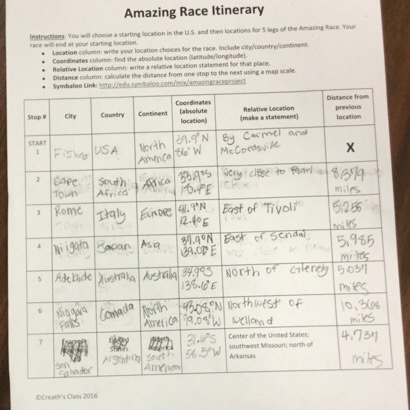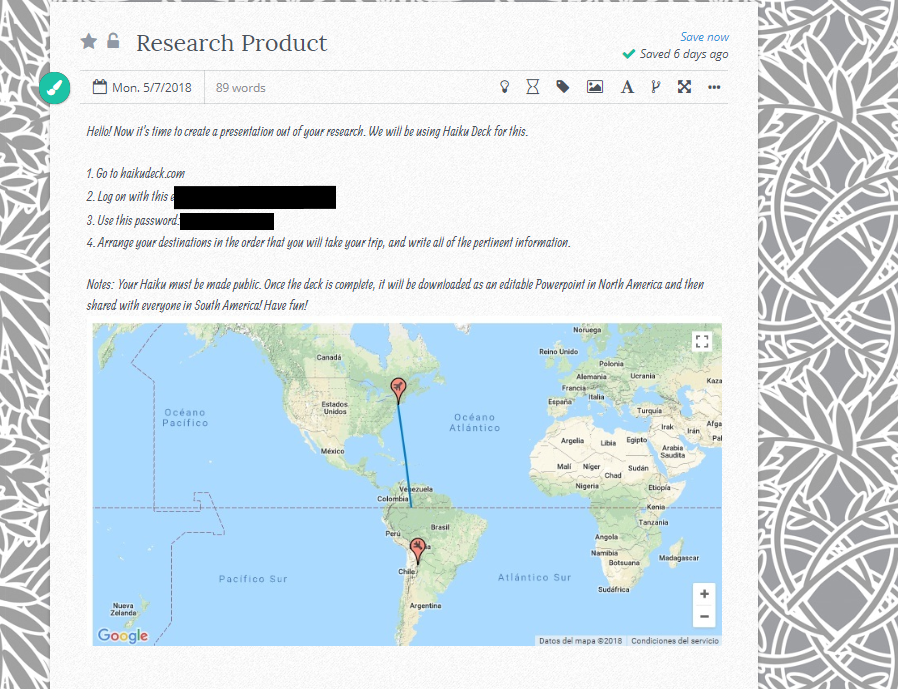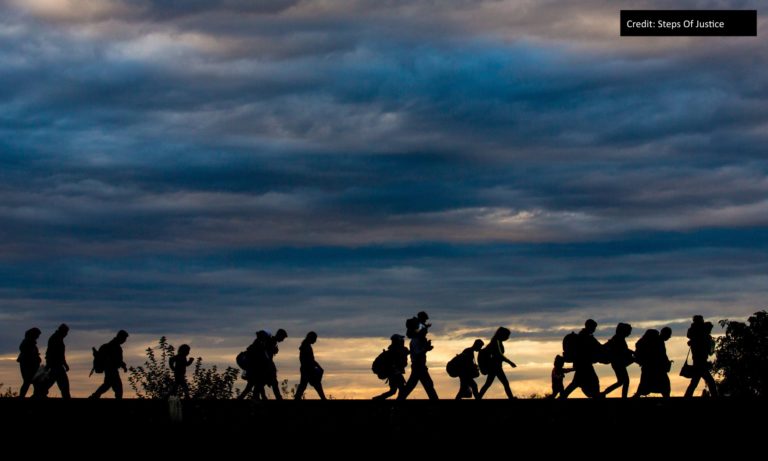In an seven-week exchange students from Jujuy Province, Argentina and Indiana, USA were teamed together for an educational twist on the popular TV show The Amazing Race to discuss their cultures similarities and differences. Based on the different cities they choose for The Amazing Race game, both classrooms used poetry constructs to take a deeper look at various cultures.
The exchange began with students being paired into small groups and were asked the first week to create a brief video introduction of themselves. After their virtual meet and greet, the exchange began in full force. Students were required to use platforms such as Flipgrid, for asynchronous videos, and Penzu, for posting games and assignments to communicate back and forth to complete their geographical itinerary.

Students needed to decide on one activity to do in each location as well as gather basic information about the culture of each city they picked. In the fourth week teachers posed a proverb about culture and were asked to create their own questions to pose to members of their group about the linguistic phrase.

While participating in the activities, the students communicated back and forth to discuss tasks to do in each country and to reflect on their experience using social, emotional and cultural questions from Know My World’s SECAL model. One student from Argentina reflects on how they would adapt their own behavior to help build a relationship with some one who uses a different language from their own.

At the end of the exchange students had to compile everything together into a Power Point. Students in Indiana created a PowerPpoint via Haikudeck and then students in Argentina were asked to fill in further information and send it back to the students from Indiana to adjust and complete.

Using virtual exchange can be challenging and rewarding. Students were able to effectively communicate with each other about cultures from around the world and to complete a great project. Students in both locations investigated and learned about patience, understanding and dedication when completing a project with someone from a different location in the world.



